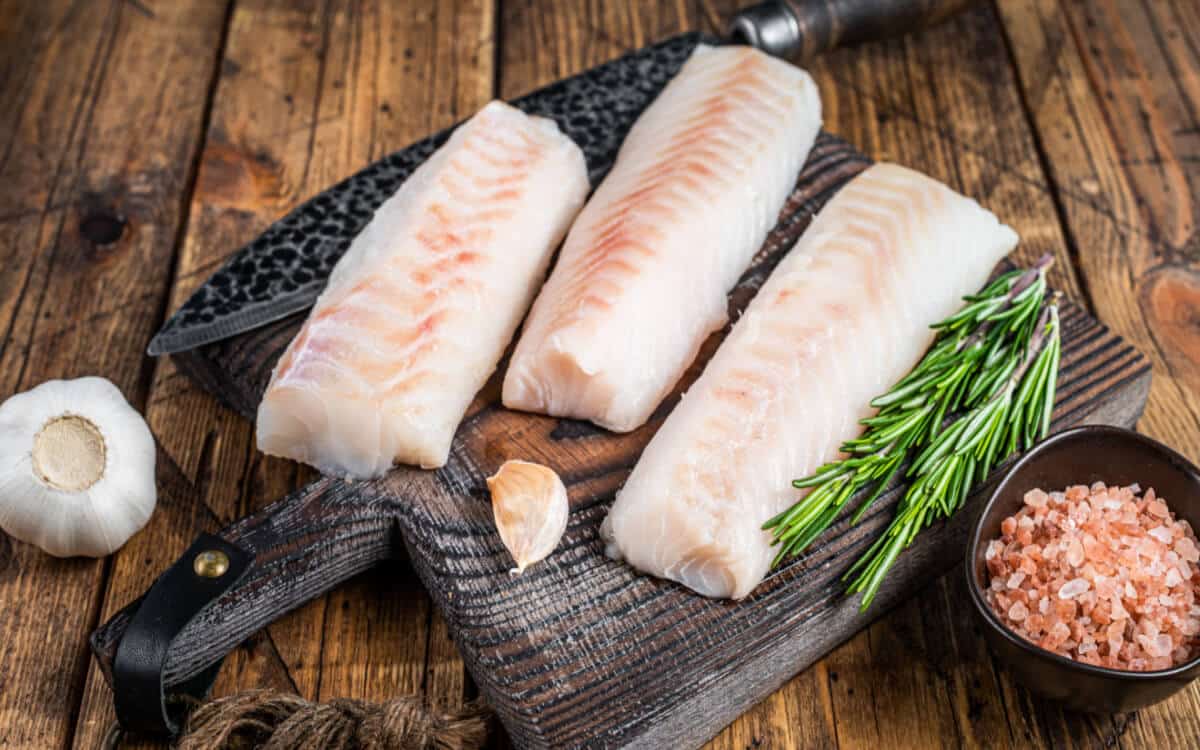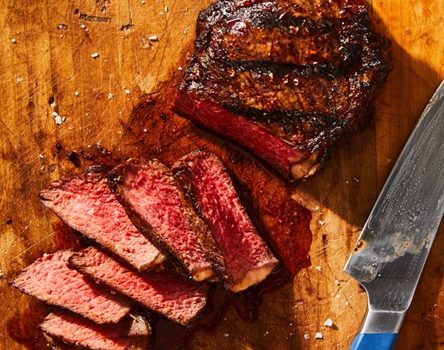Rethinking British Seafood: Discovering What Lies Beyond Cod and Haddock
When seafood is mentioned in the UK, many people picture battered cod or haddock wrapped in paper with a side of chips. These two fish have long been staples of British diets, and for good reason – they’re mild, versatile, and widely available. However, our coastal waters offer much more than these classics. From sustainable alternatives to overlooked shellfish, the UK’s marine life is rich with culinary potential just waiting to be explored.
Widening the Net on Familiar Choices
Cod and haddock are certainly dependable options, valued for their soft texture and neutral flavour. But concerns around overfishing and sustainability mean that responsible sourcing is more important than ever. Choosing fish that come from well-managed fisheries helps ensure these favourites remain on the menu for future generations.
Other household names, like salmon and mackerel, also play a major role in UK kitchens. Mackerel, in particular, is often underappreciated despite being widely available, nutrient-rich, and fast to replenish in the wild. Its naturally oily flesh makes it ideal for grilling, smoking, or even pickling. The key with mackerel is freshness – something you’re more likely to find through local outlets offering fresh seafood in Bangor, where quality and provenance go hand in hand.
Tasty Alternatives with a Lighter Footprint
Moving beyond the usual choices can be both rewarding and more environmentally sound. Several lesser-known species are just as delicious and often more sustainable.
Coley is one such example. Related to cod, it offers similar texture and flavour but is generally less expensive and overlooked by mainstream shoppers. Pan-fried with butter and herbs or added to fish pies, it’s a versatile addition to any recipe rotation.
Hake is another underused option. With delicate white flesh and a mild flavour, hake can be battered, grilled, or baked with excellent results. Its popularity is growing, and for good reason – it’s an adaptable fish that lends itself well to both traditional and modern cooking styles.
Then there’s gurnard, once dismissed as bycatch. This striking-looking fish has found favour with chefs in recent years thanks to its firm texture and subtly sweet taste. It roasts beautifully and is ideal when paired with fresh vegetables and simple seasonings.
If you’re seeking something packed with flavour and health benefits, sardines are a smart choice. High in omega-3s and plentiful in UK waters, especially around Cornwall, sardines are best served grilled and eaten whole with lemon and sea salt.
The UK’s Abundant Shellfish Scene
Shellfish lovers will also find plenty to enjoy from Britain’s coastline. Mussels, especially rope-grown varieties, are one of the most sustainable options available. Cooked with white wine, garlic, and parsley, they make a comforting and easy meal.
Crab is another highlight, particularly brown crab from colder northern waters. Its sweet, flaky meat works well in pasta, salads, or simply spread on toast.
Cockles and clams, popular in many seaside towns, can be added to broths or pasta dishes for a briny depth of flavour that captures the taste of the coast.
Spotlight on North Wales’ Coastal Catch
Along the coast of Llandudno, Wales, there’s no shortage of locally caught fish and shellfish. Seasonal mackerel, sea bass, and various flatfish like plaice and flounder are regularly landed nearby. Local restaurants and fishmongers often feature these fresh catches, giving both residents and visitors a chance to enjoy seafood that hasn’t travelled far from shore to plate.
Simple Ways to Try Something New
If you’re ready to experiment with unfamiliar species, start with easy recipes.
Try this quick coley dish:
Season fillets with salt and pepper, pan-fry in olive oil for 4 minutes each side, and serve with greens and lemon.
Or roast whole gurnard:
Place in a baking tray with sliced peppers and red onion, drizzle with olive oil and a splash of white wine, then bake at 180°C for around 20 minutes.
Making Sustainable Seafood Choices
Making the switch to more sustainable seafood doesn’t require big changes. Whether you’re browsing a local fish counter or eating out, asking a few simple questions about sourcing can make all the difference. Look for certified options, check online guides, and consider branching out from the standard choices to help protect marine ecosystems.
With the UK offering such a broad selection of edible species, there’s no better time to explore what’s beyond the traditional favourites. Not only will you be supporting more sustainable practices, but you’ll also discover new textures, flavours, and ways to enjoy the best of British seafood.



